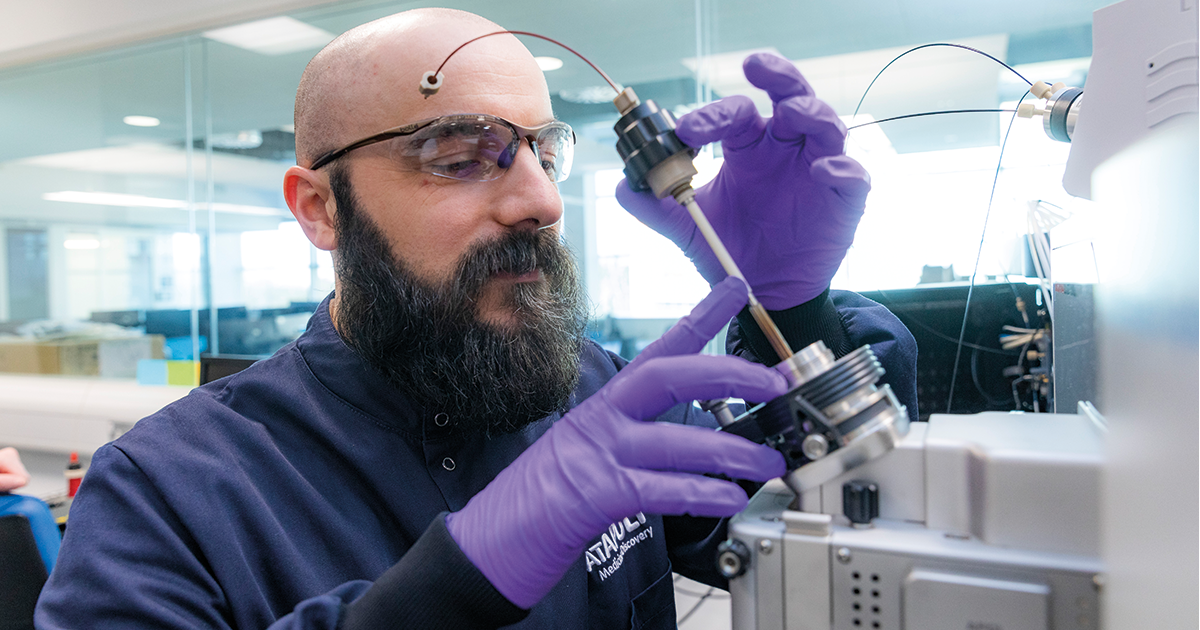
Mass Spectrometry
We can help you navigate through the complex space of current methods and instrumental platforms and find the right solution to advance your project. We can advise on protocols, design novel workflows and acquire and analyse data using the latest MS technologies and analysis tools available in our laboratories at Alderley Park. We specialise in the following areas:
- Fast and reliable sample profiling (high-throughput, robust MS assays)
- Needle in a haystack (targeted, sensitive MS assays)
- Detailed tissue imaging and surface analysis (multiplexed, spatial MS assays)
- Trace your target (time-resolved, isotope MS assays)
- Protein structure and stability (large biomolecule MS assays)
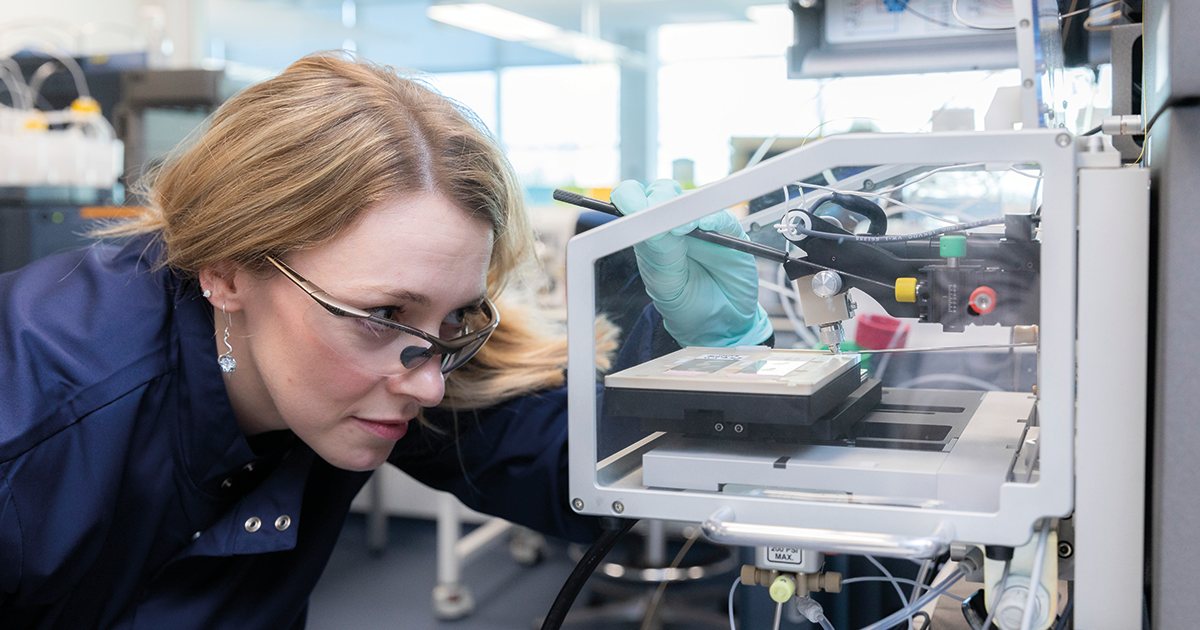
Mass Spectrometry Imaging
Mass Spectrometry Imaging (MSI) enables the analysis of molecular species directly from a tissue sample or any other biological surface. We aim to provide SME, academic and industrial access to both the technology and expertise required for the implementation of MSI.
Through leveraging Mass Spectrometry Imaging analysis of ex vivo tissues or surface deposited samples, we can perform label-free surface analysis for:
- Small molecules
- Metabolites
- Lipids
- Peptides/proteins
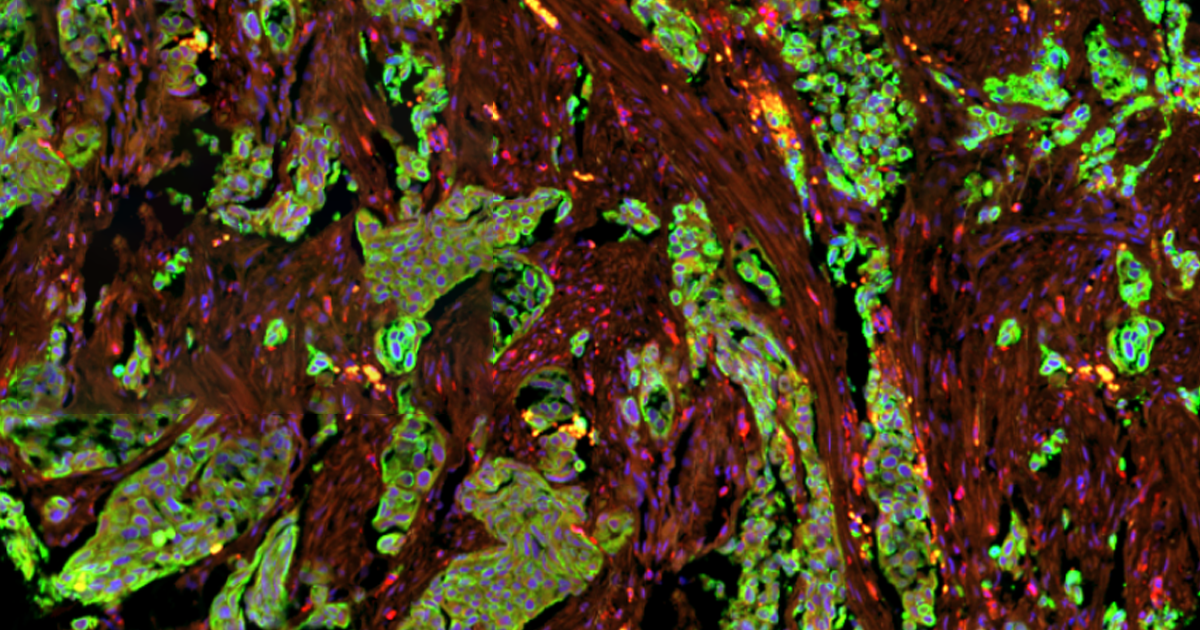
Digital Spatial Profiling
Advanced spatial transcriptomics and proteomics tools to better understand drug and disease.
Understanding the changes that occur in tissue, in disease and in response to drug treatment is critical to answering key biological questions. We use a state-of-the-art NanoString GeoMX Digital Spatial Profiler platform for spatial tissue analyses in our laboratory.
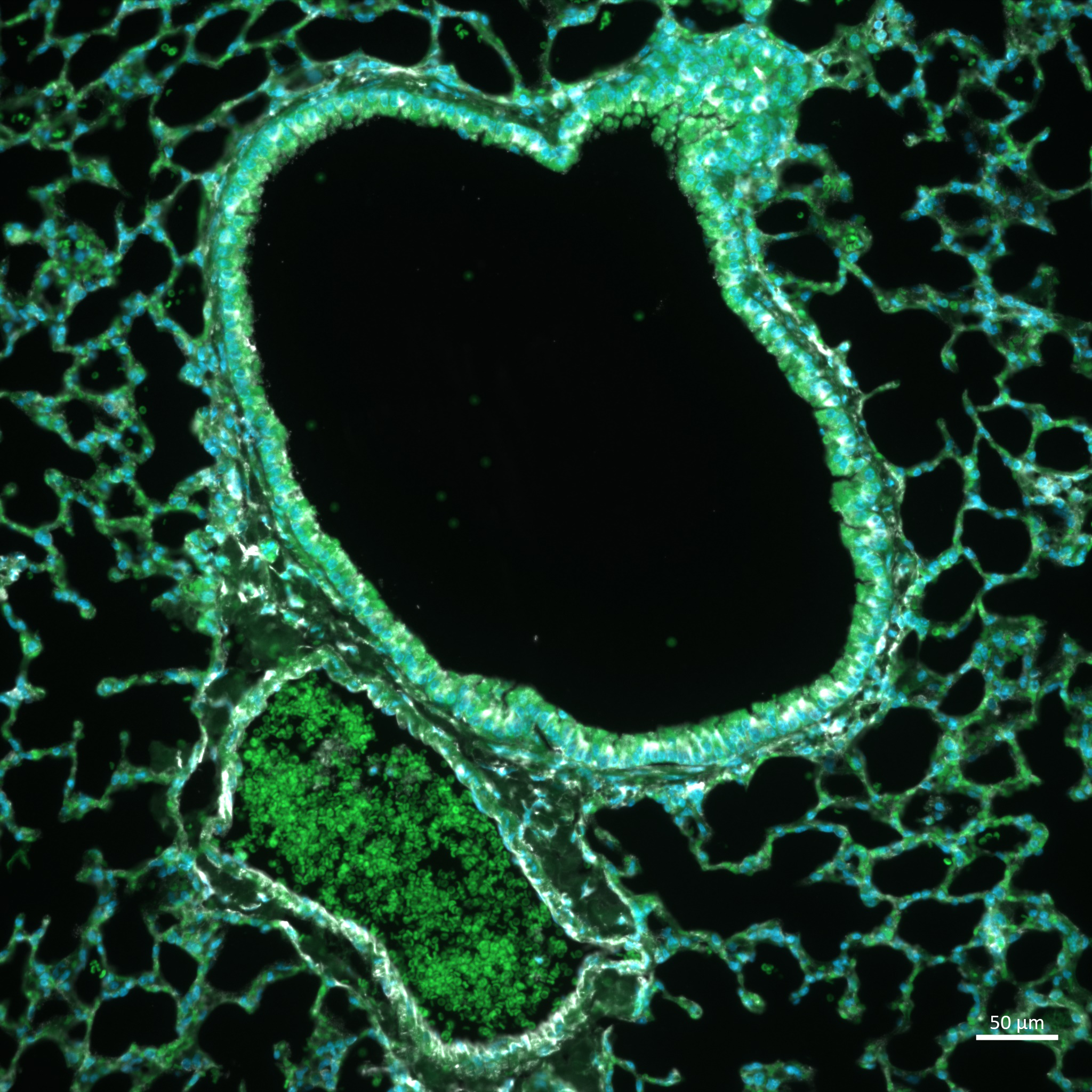
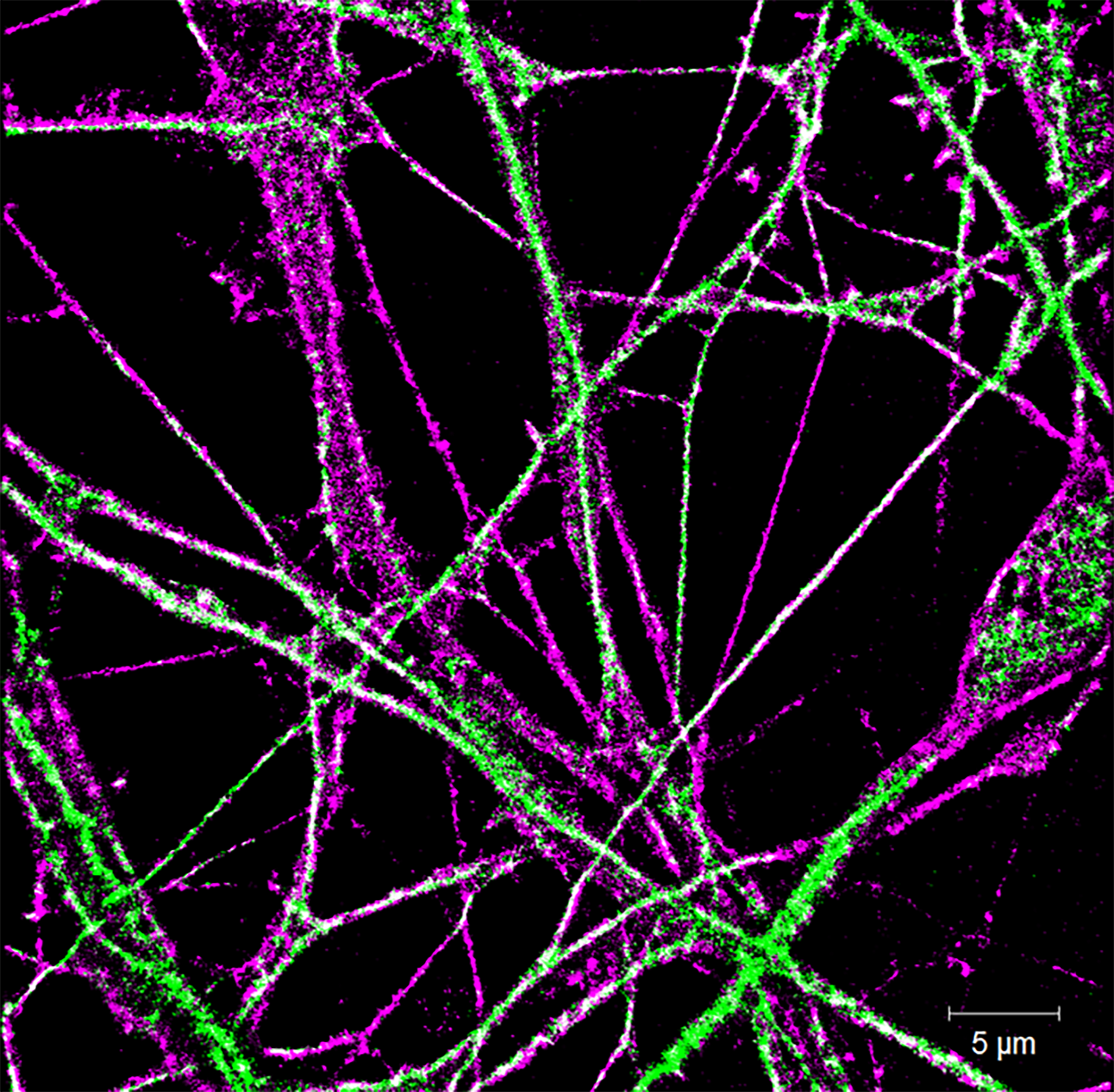
Advanced Microscopy
We have a variety of microscopes, from widefield and high-content imaging systems to more specialised confocal, multiphoton and super-resolution. Microscopy is a powerful tool to help evaluate cell phenotype, characterise multi-cell complex cell models and determine drug mechanism of action. Combining high-resolution microscopy capabilities with in vitro cell models and ex vivo tissue analysis provides a powerful insight into cell and disease biology.
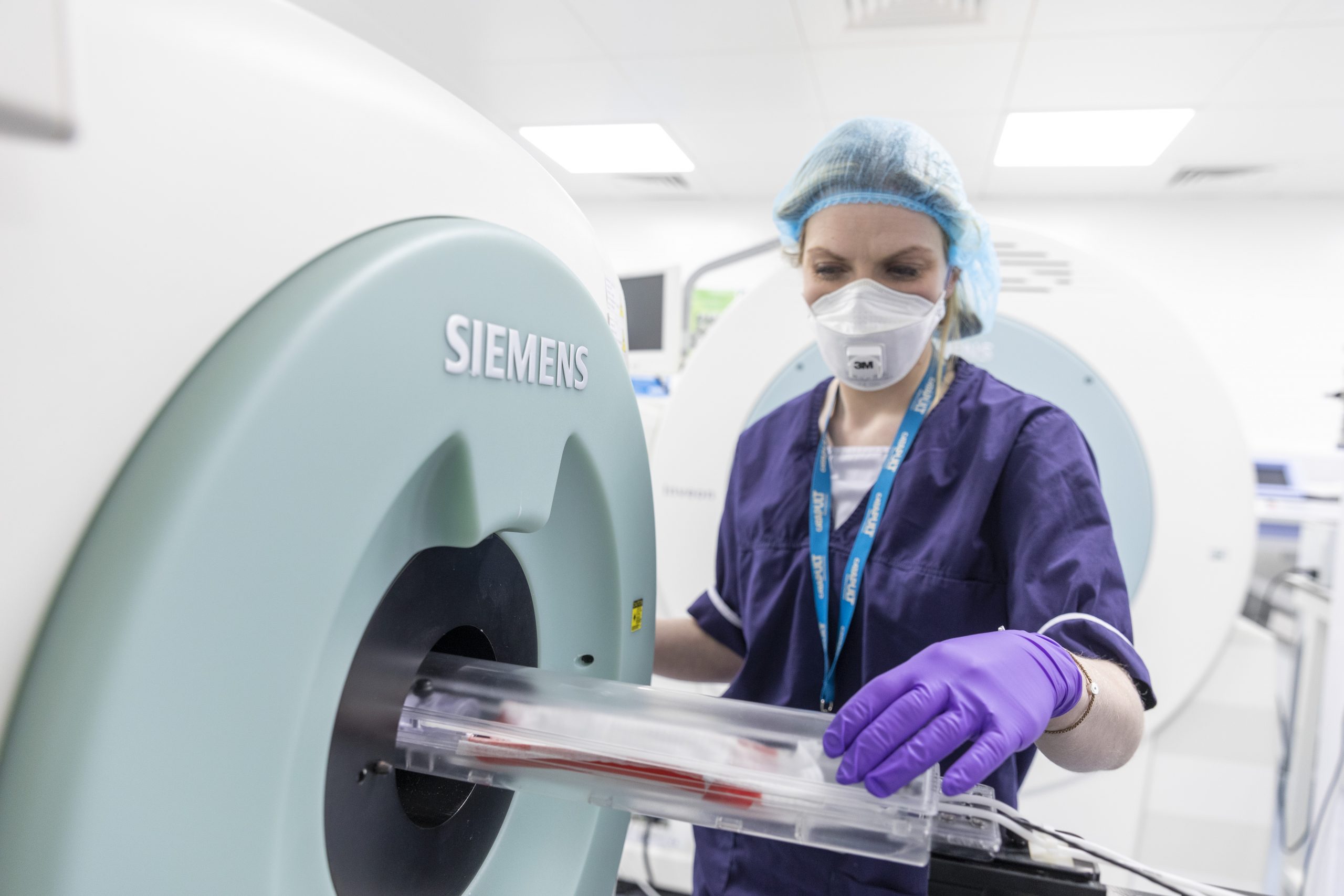
Pre-clinical Imaging
The ability to perform non-invasive imaging to assess and study novel therapeutics requires significant investment in infrastructure and highly experienced staff. At MDC, we have both. We have unrivalled pre-clinical imaging capabilities to accelerate your drug development, utilising the appropriate technology to address the research question. Our technologies include:
- Positron Emission Tomography (PET)
- Gamma counting biodistribution analysis
- Computed Tomography (CT)
- High-Frequency Ultrasound (HFUS)
- Bioluminescence/NIR imaging (IVIS)
- Radiochemistry
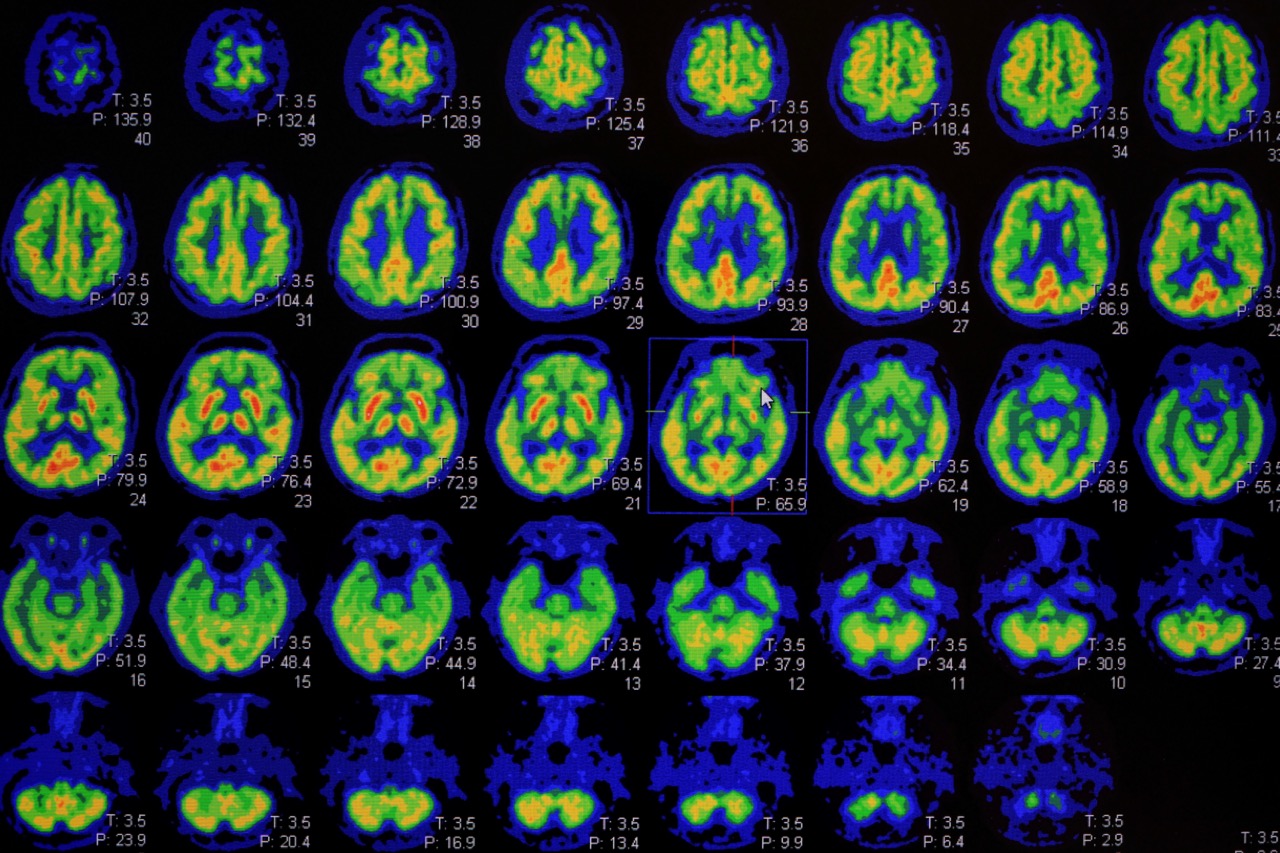
Positron Emission Tomography (PET)
We have a state-of-the-art Molecubes PET CT imaging system. This offers highly sensitive and 3D dimensional functional imaging read-outs to a picomolar concentration. We image a range of isotopes, such as 89Zr and 18F.
Our PET/CT system assesses complex physiological characterisation, such as the distribution of a candidate compound and biological read-outs, such as target engagement and physiological changes as a response to drug administration.
Bioluminescence / NIR Imaging (IVIS)
Our IVIS Lumina offers both bioluminescence and fluorescence imaging readout. The Near Infra-Red imaging system offers deep biological penetration with good signal-to-noise. Fluorescent-based imaging is typically assessing biodistribution, and our own in-house luciferase transduction capabilities offer a range of opportunities, such as orthotopic tumour model development and other luciferase-based expressing functional read-outs.
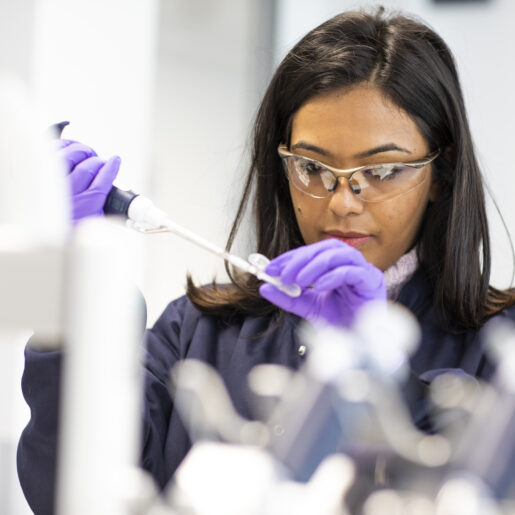
A Strategy for Success
Undaunted by complex challenges, we will work in close collaboration with you to define a bespoke project plan. Using our expertise, industry-leading insight and the very best technology, we address your project challenges and create a roadmap for commercial success.
We ask the right questions at the right time. We provide guidance where you may need it, find the right partners to help you, fill gaps in your existing project plan and help manage your project delivery.
Lightening the Load
Drug discovery is high risk, but the rewards are huge. As a national Life Sciences service, we use our unique position and expertise to make every move count for innovators.
We provide the right environment to enable you to de-risk your assets, now and in the future. We develop technologies to boost R&D productivity and stay at the cutting edge of drug discovery. You can also gain access to specialist scientific experts and costly technologies in a flexible manner as you need them.
Finding the Right Partners
Our long-standing network of partners are connected to every part of the Life Sciences sector. We will help you navigate the complex landscape of R&D, understand the skills and expertise that you require, and then connect you with sector-leading partnerships that can help provide the momentum you need to make progress faster.
We help all entrepreneurial scientists at the frontier of changing lives through drug discovery. This includes SME therapeutic developers, technology innovators, large pharma, biotech companies, academics and charities.



